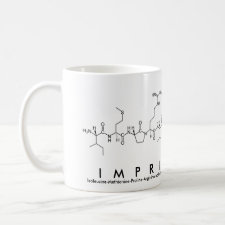
Authors: Sevilla F
Publication date: 2003
Chapter title: Chemical sensors based on conducting polymers.
Page numbers: 87-92.
Alternative URL: http://ieeexplore.ieee.org/xpl/tocresult.jsp?isnumber=27500
Book title: Sensors: Asiasense 2003 - Asian Conference On Sensors
Editors: Ahmad M, Heng LY, Salimon J, Ghodgaonkar DK, Yousof RW, Surif S, Taib MN
Publisher: IEEE
City: New York
ISBN: 0-7803-8102-5
Series title: IEEE Conference Proceedings
Abstract: Conducting polymers (CP)have been exploited in the development of a variety of chemical sensors. These novel materials possess several properties that provide a basis for the sensing of a number of substances. Furthermore, they are relatively easy to synthesize and immobilized on a solid support. Conductimetric chemical sensors or chemiresistors have been developed for gases based on the modulation of the electronic conductivity of CPs. Potentiometric sensors for substances such as hydrogen ions, detergents and organic acids, have employed CPs as a conducting membrane that generates a potential in the presence of the analyte. Several amperometric sensors have made use of CPs as an immobilizing medium that facilitates electron transfer. Optical chemical sensors have been developed for the measurement of as H+ and NH3 based on the electrochromic properties of CPs. Piezoelectric sensors for species such as caffeine, glucose and detergents have exploited the molecular imprinting capability of CPs



Join the Society for Molecular Imprinting

New items RSS feed
Sign-up for e-mail updates:
Choose between receiving an occasional newsletter or more frequent e-mail alerts.
Click here to go to the sign-up page.
Is your name elemental or peptidic? Enter your name and find out by clicking either of the buttons below!
Other products you may like:
 MIPdatabase
MIPdatabase









